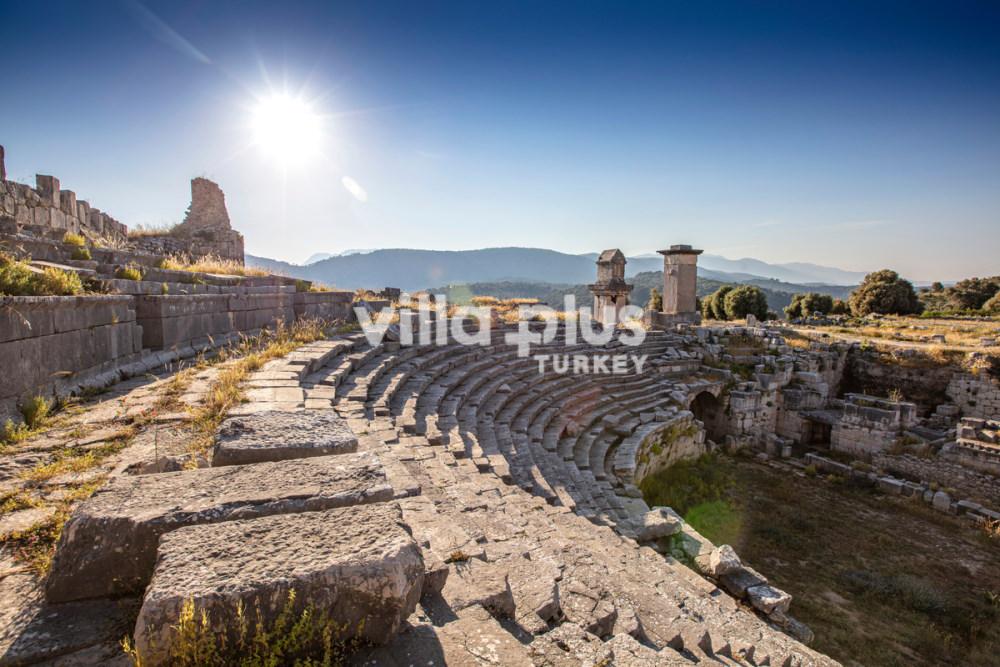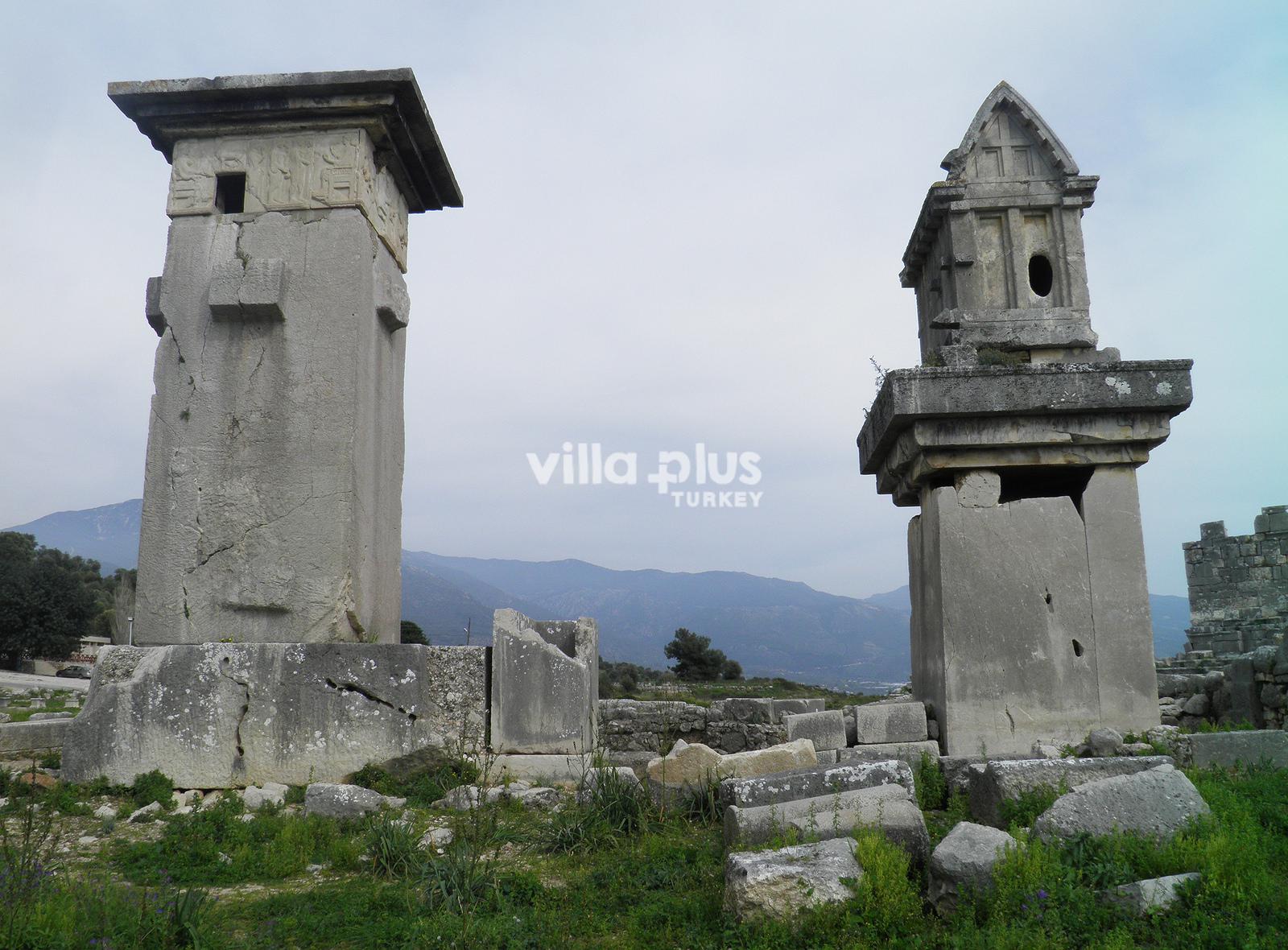Nestled in the picturesque landscape of Turkey's Lycian region, Xanthos stands as a testament to the rich history and vibrant culture of ancient civilizations. In this blog post, we embark on a journey through time to uncover the captivating stories and archaeological wonders of Xanthos, shedding light on its significance and allure.

Xanthos, the capital of ancient Lycia, flourished from the 8th century BCE to the 6th century CE. Its strategic location along the Xanthos River made it a hub of trade and political power, attracting various civilizations over the centuries. From the Persians to the Greeks and Romans, Xanthos witnessed the rise and fall of mighty empires, leaving behind a wealth of historical artifacts.
The city's tumultuous history is marked by episodes of conquest and liberation, creating a rich tapestry of cultural influences. The Lycians, known for their fierce independence, fiercely defended their land against invaders. Xanthos became a symbol of resistance, with its people choosing self-destruction over surrender during the Persian invasion.
Xanthos, the ancient city, is located in present-day Turkey, specifically in the Lycian region of the country. It is situated near the village of Kinik, approximately 45 kilometers southeast of the popular tourist destination of Fethiye. The city's strategic position along the Xanthos River made it an important center of trade and power in ancient times.
.jpg)
In recognition of its cultural significance, Xanthos was designated a UNESCO World Heritage Site in 1988. This prestigious status highlights the exceptional universal value of the ancient city, preserving its heritage for future generations. As visitors explore the ruins, they become part of an ongoing effort to protect and appreciate this remarkable archaeological site.
The ruins of Xanthos reveal the architectural prowess and artistic finesse of its past inhabitants. Among the prominent structures is the Nereid Monument, an ornate tomb adorned with intricate reliefs. The Xanthian Obelisk, with its inscriptions detailing the city's history, stands as a testament to the remarkable craftsmanship of the ancient Lycians. The Theater and the Roman Baths further showcase the city's architectural grandeur.

One of the most iconic structures in Xanthos is the Harpy Tomb, named after the winged mythical creatures depicted on its façade. This tomb, believed to be the final resting place of an important Lycian ruler, captivates visitors with its unique architectural design and intricate carvings, offering a glimpse into the beliefs and traditions of ancient Lycia.
The Xanthos Stele:
The Xanthos Stele, discovered during excavations in the late 19th century, is a significant archaeological find. Inscribed in Lycian and Greek, it provides invaluable insights into the history and culture of Xanthos. The stele narrates the heroic resistance of the city against Persian invasions and serves as a poignant reminder of the bravery and resilience of the ancient Lycians.
Today, visitors to Xanthos can wander through the ruins and marvel at the remnants of this once-thriving city. The onsite museum offers a fascinating collection of artifacts, including statues, ceramics, and ancient inscriptions, providing a deeper understanding of Xanthos' rich past.
The natural beauty surrounding Xanthos enhances the visitor experience, with picturesque landscapes and breathtaking views of the nearby Xanthos River. Explorers can also visit nearby sites such as Letoon, an important religious center in ancient Lycia, and Patara, known for its stunning beach and historical significance.
Xanthos, with its historical significance and architectural wonders, offers a captivating journey into the ancient world. As we immerse ourselves in the ruins and delve into the stories they hold, we gain a greater appreciation for the legacy of Xanthos and its contribution to our understanding of ancient civilizations. Exploring Xanthos is an experience that combines archaeology, history, and awe-inspiring beauty, making it a must-visit destination for enthusiasts of ancient civilizations and cultural heritage. Embark on this remarkable journey to Xanthos and unlock the secrets of a bygone era.